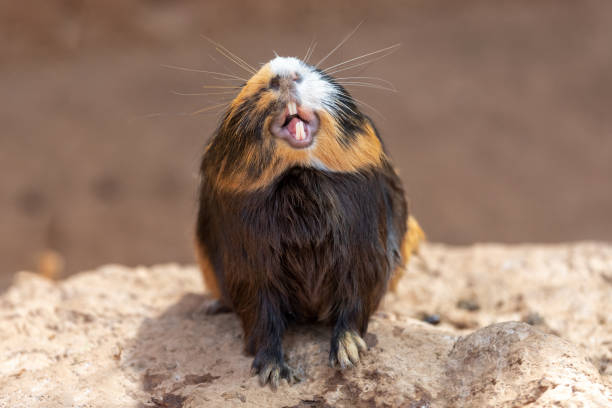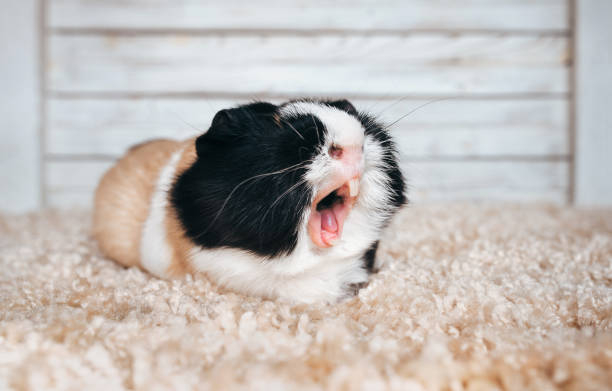Why does my guinea pig have buck teeth?

Dental hygiene is an essential component of care for any animal, and abnormalities with the teeth can lead to a variety of maladies and disorders. We all know how terrible a toothache can be and how it may influence our appetite and mood. Proper dental care is much more important for guinea pigs, and if their teeth aren't properly cared for, they might develop a number of significant problems. A guinea pig, sometimes known as a 'eating machine', will spend the most of its life chomping away when not resting, thus regular dental care is essential.
Guinea pigs do not have canine teeth since they are herbivores, but their incisors are separated from their molars by a gap known as a diastema. The cheek pads extend into this space, making the molars nearly unnoticeable unless special devices are used to examine into the oral cavity. Their teeth, like ours, are protected by a layer of white enamel. This is unique in the rodent family, which generally has yellow teeth. This enamel, however, is only located on the front of the incisors so that the rear may be honed like chisels.
This is caused by your guinea pig's incisors being properly aligned, with the top teeth crossing in front of the lower teeth. Overgrown incisors are a common issue that may be avoided by allowing the pet to gnaw on wood chewing sticks. These front teeth are frequently trimmed by a veterinary surgeon (a pet doctor). Rodents are herbivorous (plant-eating) animals with digestive tracts that resemble those of other planteaters such as horses and cattle. They like nibbling and chewing with their front teeth!

















